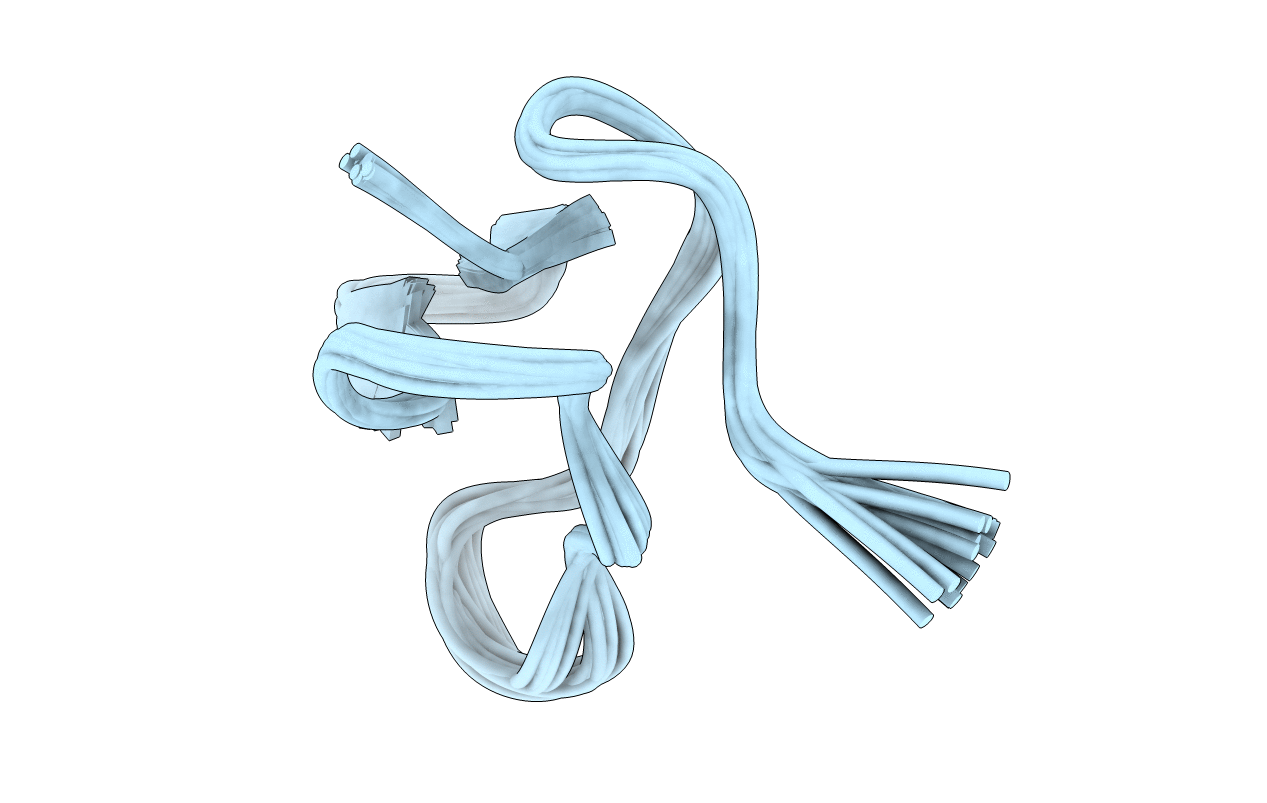
Deposition Date
2000-09-14
Release Date
2002-09-20
Last Version Date
2024-11-20
Entry Detail
PDB ID:
1FU3
Keywords:
Title:
THREE-DIMENSIONAL STRUCTURE IN SOLUTION OF THE SODIUM CHANNEL AGONIST/ANTAGONIST DELTA-CONOTOXIN TXVIA
Biological Source:
Source Organism:
Method Details:
Experimental Method:
Conformers Calculated:
100
Conformers Submitted:
20
Selection Criteria:
structures with the lowest energy


